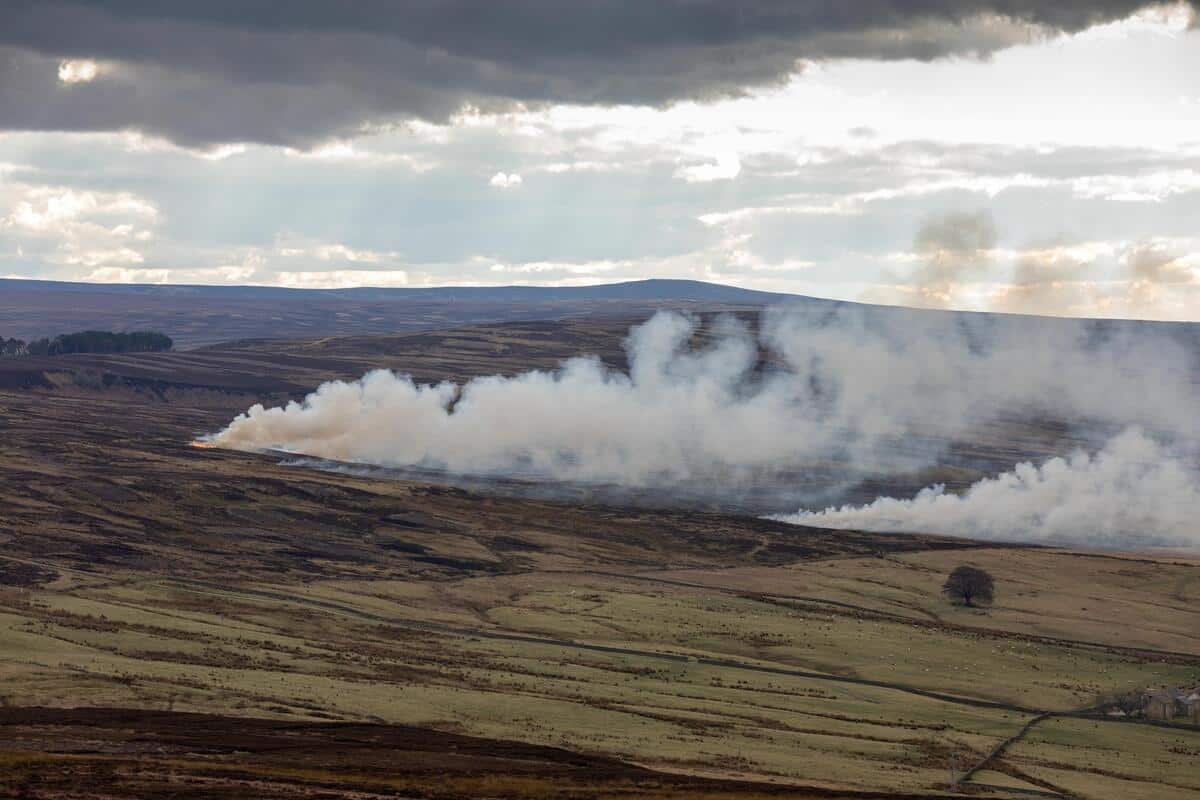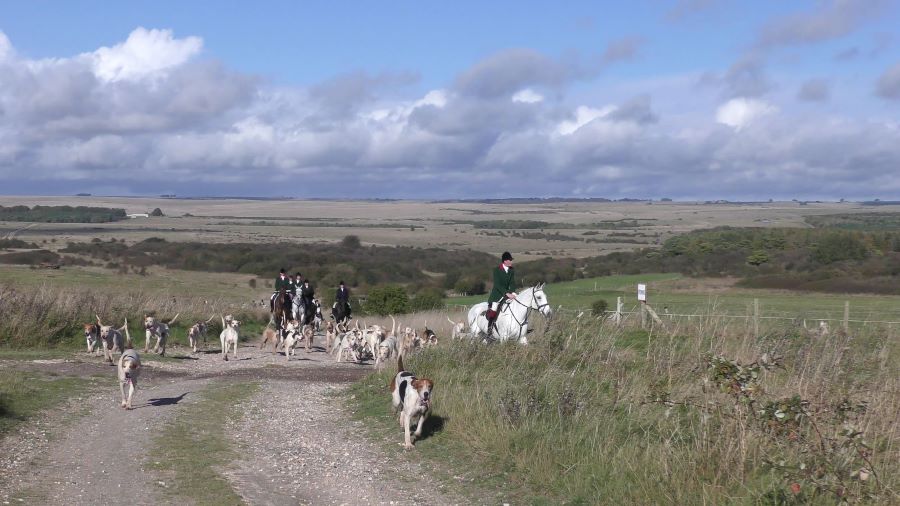An article in The Guardian this week headlined, “Lichens, slime moulds and wasps: RHS lists top beneficial wildlife for garden” should be required reading for the shooting and hunting industries.
Written by Helena Horton, it comes thirteen months after the same journalist wrote a Guardian article with the headline “‘Planet friendly’: RHS to no longer class slugs and snails as pests”.
The RHS is of course the Royal Horticultural Society, which describes itself as “the UK’s leading gardening charity” and which aims to “enrich everyone’s life through plants, and make the UK a greener and more beautiful place“.
For years the RHS, which for many people will still conjure up genteel flower shows, village greens, and potting sheds, didn’t appear ‘planet friendly’ at all. Previous iterations focussed on ‘perfect lawns’ (ie flat and flower-free) and introducing ever more exotic plant varieties into manorial estates and suburban gardens, But like many other organisations (with notable exceptions which we’ll come onto) that represent the interests of ‘people who love the outdoors’, the RHS and gardeners in general are recognising the twin crises of a rapidly changing climate and plummeting biodiversity and are embracing native wildlife and taking up initiatives like ‘No Mow May‘.

The times they are a-changing
Just three years ago the RHS was still putting out articles on its website listing the top 25 ‘familiar foes’ which’ blight gardens’, but now, according to Helena Horton’s article, the biodiversity crisis has led horticulturalists to highlight gardeners’ role in conserving wild flora and fauna and has seen them over the last twelve months
“trying to do “positive PR” for wildlife including slugs, snails, aphids, ants and ladybirds, which have tended to be destroyed in gardens in recent decades – often under the advice of garden experts.”
This is an incredibly important change in position, because it’s vital to appreciate that the conditions we all need to survive didn’t appear overnight. They took millions of years to evolve and arose because animals, plants, and fungi created them. We humans were only able to develop and flourish because those conditions already existed, not – as some seem to insist – because we adapted the planet to fit us. We are actively doing our level best to smash the systems that made our own lives on the planet possible, and that has to change.
Perhaps the simplest place to start putting things right is at the seemingly mundane level of our gardens.
If that seems like an over-optimistic statement, bear in mind that as the Wildlife Trusts have been saying for a while now
“Together, the UK’s gardens are larger than all of our National Nature Reserves combined, making them as important for wildlife as they are for our own wellbeing.”
Everything has its place
Understanding that the wildlife in a garden is not naturally subdivided into ‘pest’ or ‘friend’ (or ‘flower’ and ‘weed’) is critically important. We can’t claim inside knowledge of the thinking at the RHS, but perhaps they along with many, many more of us are now horrified at the attitudes we – as a species, as hobbyists, as individuals – have held in the past.
We’re not equally to blame of course. Many of us have followed what we thought was expert advice or were educated in a very different world to the one younger generations now face, but however we cut it, it’s us that have decided what is ‘useful’ and what is ‘useless’, and we’ve made arbitrary decisions about the status of plants and animals based on aesthetics and profit. What has become more and more obvious is how poor the science has been and how ridiculously simplistic a view of ‘how the world works’ we’ve held.
Which leads us back to shooting and hunting. Little epitomises an anachronistic mindset quite like the laughable insistence of both these ‘sports’ (they’re industries) that they are proudly and skillfully ‘managing pests’ for the ‘good of the environment’.

When you look at the vast areas of moorland and the armed takeover of woods up and down the UK, shooting operates over the same sort of mind-boggling acreages as the country’s combined gardens. Massive areas with huge potential for combatting both the climate and biodiversity crises.
Yet, somewhat like the pest-obsessed horticulturalists of generations past with their fanatical interest in growing plants from ‘exotic’ regions of the world, they are focused on wiping out foxes, badgers, stoats, weasels, corvids, and birds of prey – all necessary parts of functioning ecosystems – and introducing non-native species in almost surreal numbers (40 million Common Pheasants and 10 million Red-legged Partridges every year) just so they can shoot them.
Shooting’s parallel insistence on releasing clouds of smoke from burning moorlands, spraying tonnes of lead shot across the countryside, and forcing the biodiversity of massive areas to conform to their way of thinking is far removed from what is needed now. Will an RHS-style revelation descend on shooting’s lobbyists? That would mean (and for anyone old enough to remember the immortal words of ‘Why Don’t You…? this may sound familiar) putting down the guns and doing something less destructive instead. That’s the way things are naturally heading, and we at Protect the Wild will keep working to make it happen sooner rather than later…

Which just leaves the bone-headed disciples of hunting, whose ignorance and apparent determination not to join the 21st century is so far off the scale it’s like listening to centuries past let alone generations.
Relics of ‘dominion-thought’ and spouting nonsense from the days when the well-off ringfenced everything so that the unfeasibly less well-off were left with root vegetables, beans, and coarse bread, the claims that these violent, cosplaying oafs are somehow keeping the countryside in balance as they eradicate foxes, hares, and stags with the largest antlers are (and there really is no other word for it) bollocks.
Of course, for both these sets of people it suits their agendas to push the ‘pests’ narrative. It’s about all they have left, now that the vast majority of the public no longer think that torturing and slaughtering wildlife is acceptable. If their illiterate partitioning of wildlife into ‘ally’ and ‘adversary’ was called out for what it really is, what would they have left?

